With its unique landscapes, great weather, progressive career opportunities and fantastic outdoors lifestyle, Queensland is a popular destination for folks who like to have it all. In fact the locals are well onto it: more Australians move to Queensland than any other Australian State.
Queensland at a glance:
- Mainland area: 1.728 million square kilometres (about a quarter of Australia, or seven Englands)
- Population: Over 4.3 million
- Capital city: Brisbane
- Main language: English
- Summer: 17°C to 30°C
- Winter: 10°C to 22°C
Relaxed lifestyle and cultural diversity
Queensland is renowned for its friendly communities and great weather – making it ideal for those who love exploring the great outdoors. Queenslanders enjoy warm summer months and more winter sunshine than most other Australian states. And that’s saying something.
A large number of Queenslanders are born overseas, making the State a true multicultural community. Queensland has a vibrant cultural and arts sector and regularly hosts world-class performances and exhibitions. Queensland’s Arts Council is the largest regional arts network in Australia, promoting a rich tapestry of arts in regional communities across the State. The new Gallery of Modern Art in Brisbane last year hosted the internationally acclaimed Andy Warhol and Picasso exhibitions and in 2009 will host American impressionism and realism from the New York Metropolitan Museum of Art.
Diverse and advanced economy
Queensland’s economy is both solid and varied. It has always had strong agricultural production because it’s got varied, fertile terrain and a climate that is tropical in the north and temperate in the south. Its agricultural specialties include tropical crops like bananas and sugar and also winter vegetables. And today, agriculture is attracting new investment in science and technology, as well as production.
Over the 20th century Queensland, like the rest of Australia, developed extensive mining assets, mainly for coal, gas, bauxite, shale oil and natural gas. Indeed, Queensland produces roughly one half of the world’s coking coal (a central ingredient in steel production).
Today, in addition to these things, Queensland is charging ahead with three other major economic drivers. One is international education. With a wide and growing range of tertiary providers, Queensland is showing year-on-year growth in international students. Second is wealth management. Brisbane – and some other towns in the state – are becoming international financial service centres.
And last – but certainly not least – is tourism. Effectively, the state has two coastlines. The first and most famous one is the mainland coast, stretching some 7,000 kilometers up the warmer, north-eastern Australian seaboard. This includes such renowned tourist pilgrimages as the Gold Coast, the Sunshine Coast, Surfer’s Paradise and many, many more. The second, almost as long as the first, surrounds countless islands dotting Queensland’s coast. The state also has highly diverse wilderness reserves across many national parks.
As a whole, tourism drives over 7% of the state’s economy, or some $17b. Meanwhile, visitor numbers from all regions are increasing, making the sector poised for solid growth in the near to mid future.
Educated choice
Queensland has a world-class education system, with plenty of private and state funded schooling options. The State also boasts three Queensland Academies dedicated to advancing high achieving students interested in innovation across health services, sciences, maths, technologies, and creative industries.
The state is also home to 13 technical and further education institutes (TAFEs) and 10 internationally recognised universities, renowned worldwide for producing high-quality graduates and undertaking ground breaking research.
Over 35,000 international students from more than 70 different countries choose to study in Queensland each year.



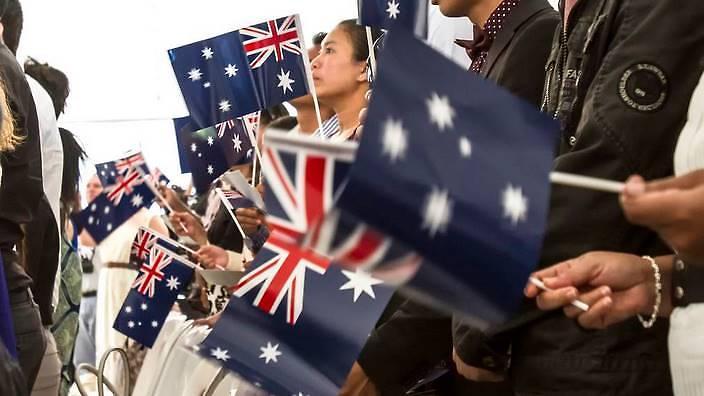


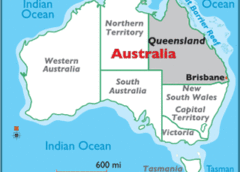
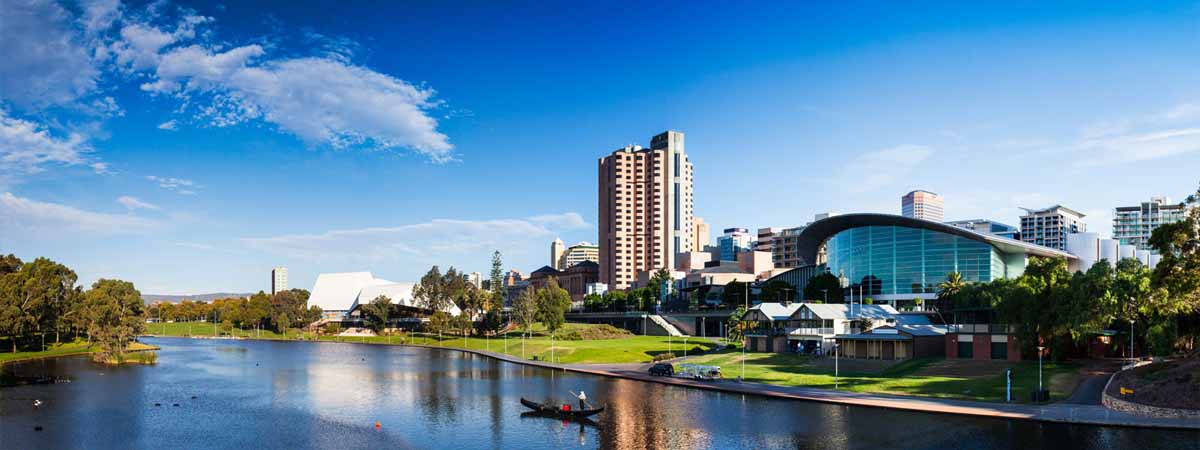
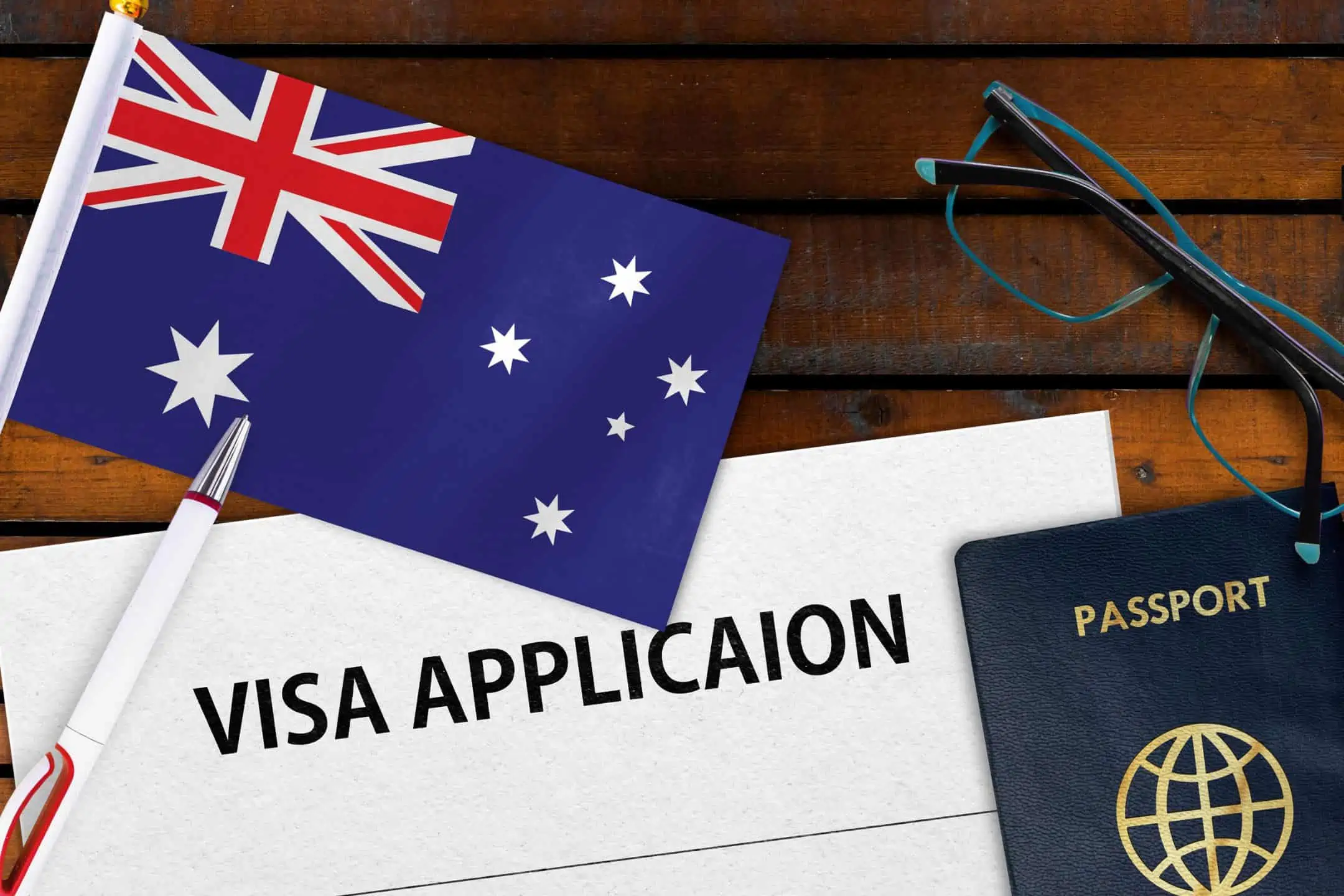









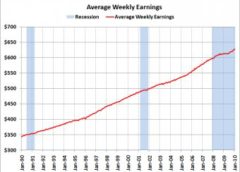




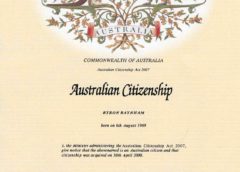
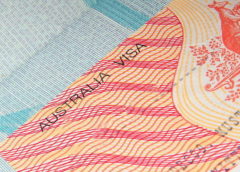



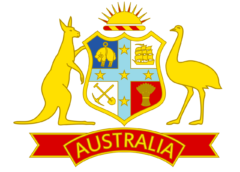
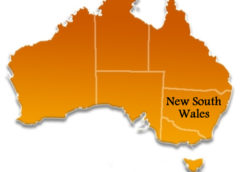
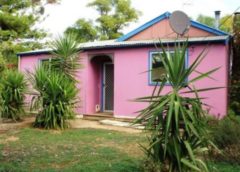
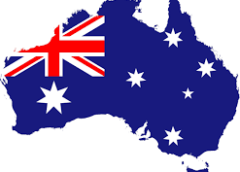
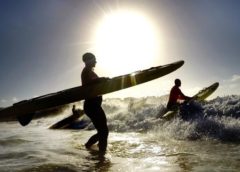


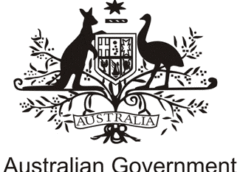

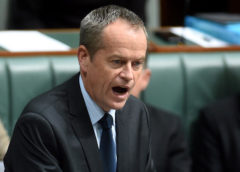

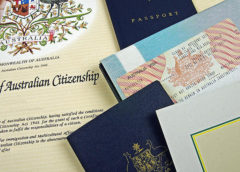
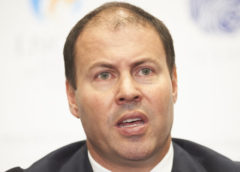
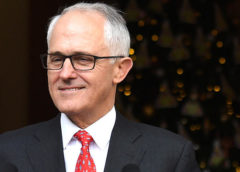

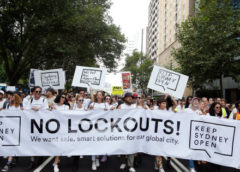
One thought on “Queensland”
Comments are closed.